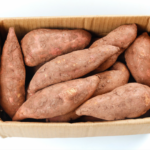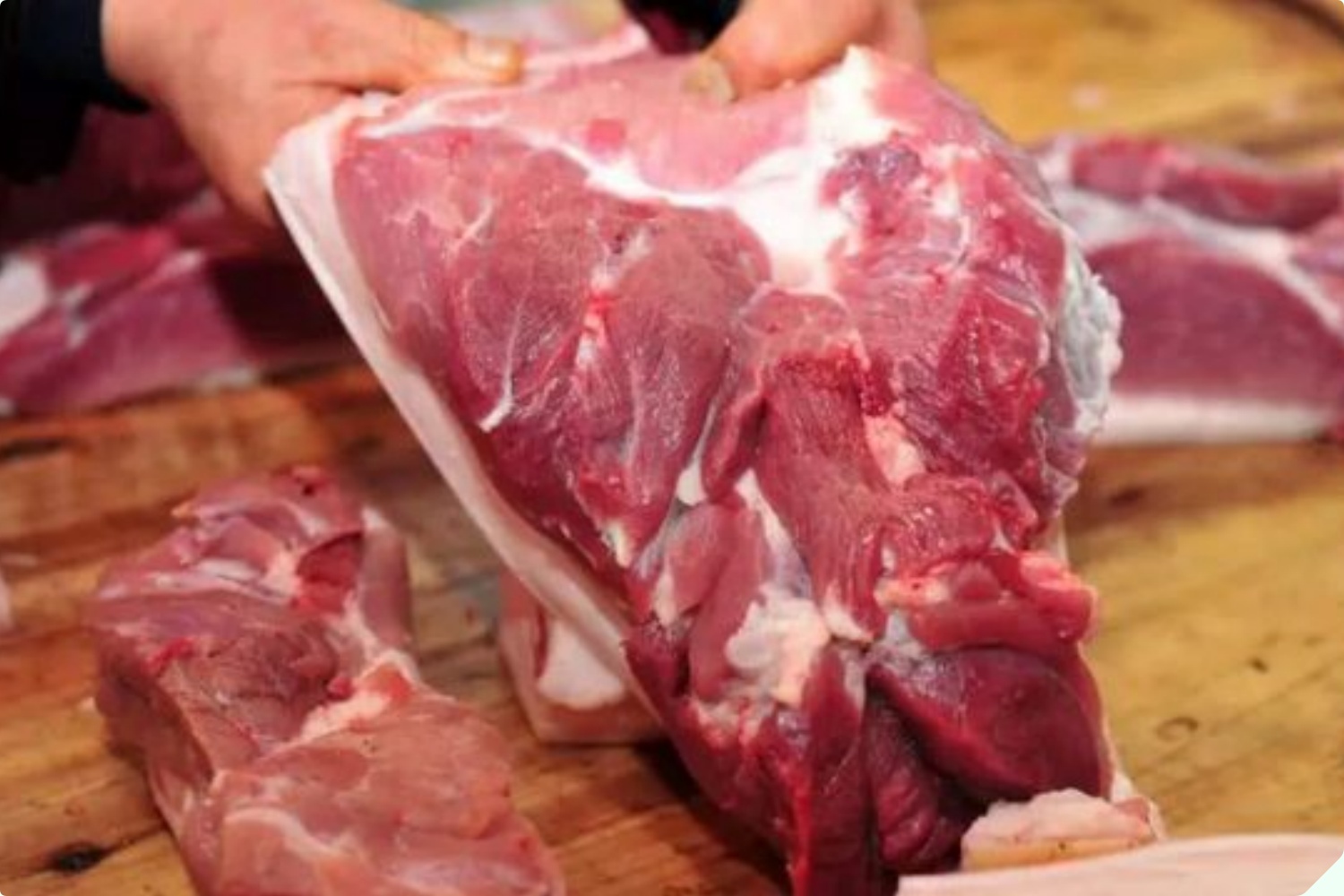
There are a variety of meats available in the market today. Some consumers are concerned about buying sick pork, or pork that has been intensively farmed and not properly inspected, as it is often sold indiscriminately. So, how can you choose the best cut of meat? And when it comes to pork, should you go for darker or lighter meat?
Dark or Light Pork: Which is Better?
Color is one of the determining factors of meat quality. Usually, fresh and delicious pork has a bright pinkish-red color. If you see a piece of meat that is dark and tending towards black, it’s best to avoid it as it could be from a sick or even dead pig.
However, there are some special cases, such as when the temperature drops and pork sold outdoors loses moisture and becomes darker. In this situation, cut the meat in half, and if the inside is a bright pink, it’s safe to buy.
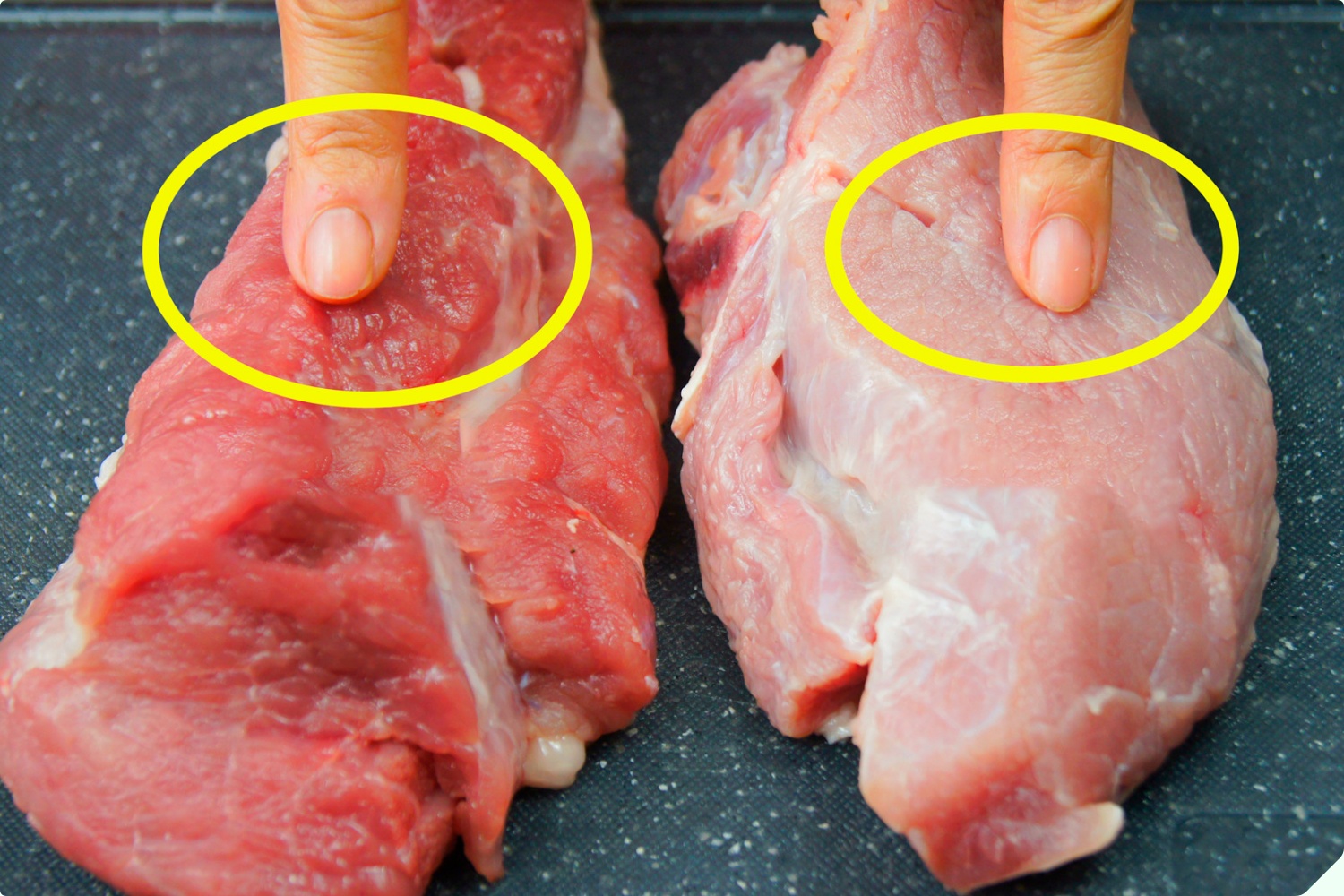
For meat that is pale or light pink, be cautious. This could be meat that has been injected with water or frozen for several days. If you suspect this, touch the meat to feel its texture.
So, when buying pork, go for cuts with a bright pink color. Avoid meat that is too dark or too pale, as it might be of poor quality and could negatively impact your health.
3 Things to Note When Buying Pork
In addition to color, here are some quick tips to help you choose the best pork in just 5 seconds.
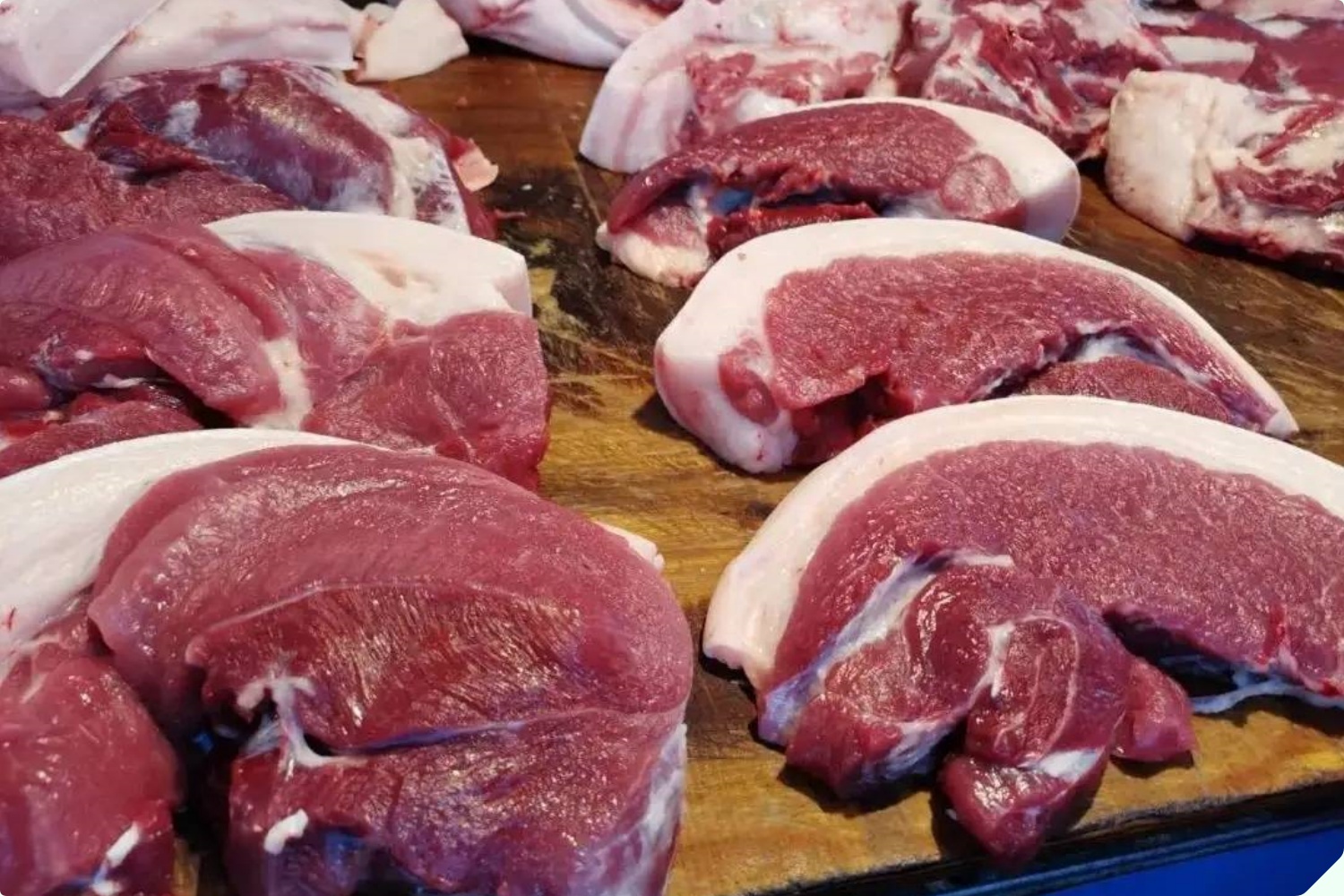
1. Moisture
Pay attention to the moisture of the pork. Meat that is too soft and moist is usually not of good quality and may have been injected with water or frozen for a long time. This is why butchers always have clean towels at their counters. They use them to absorb any water that comes out of the meat, keeping it dry.
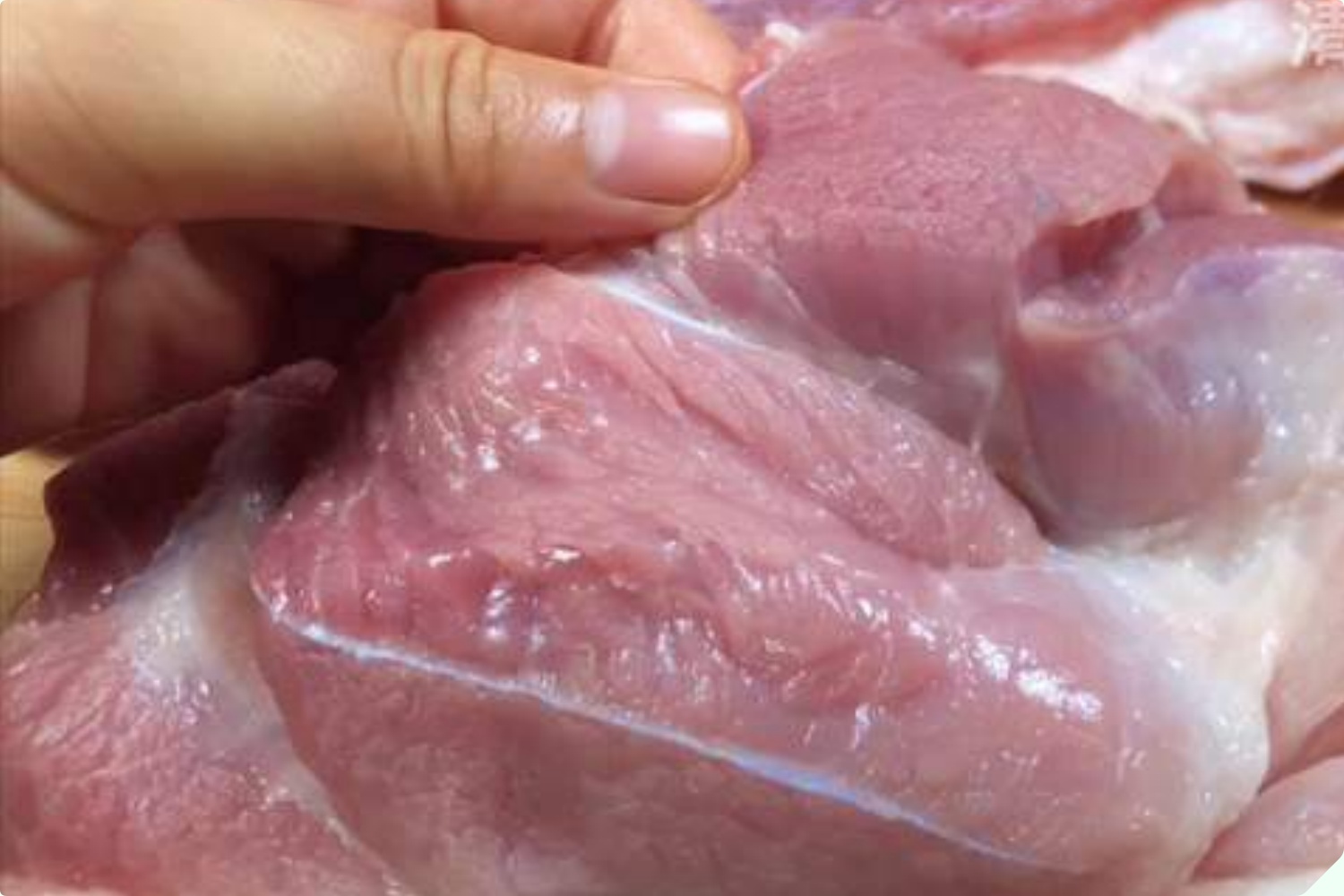
When buying pork, lightly touch the surface to feel the moisture. Avoid buying meat that feels sticky. Choose a piece that is dry and doesn’t leave a residue on your hand.
2. Elasticity
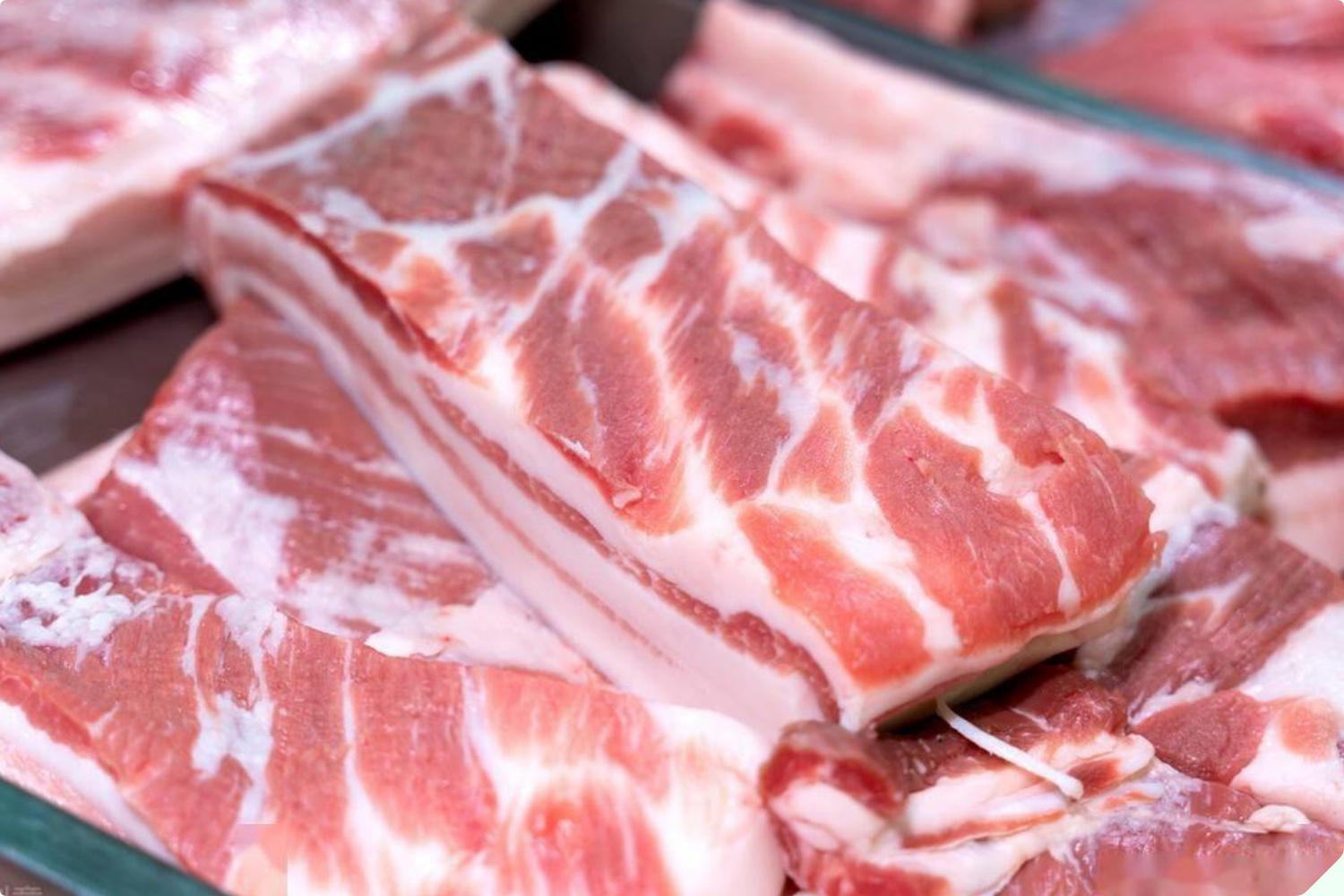
Use your finger to apply strong pressure to the meat to test its elasticity. Fresh pork will have a small indentation, and when you release your finger, it will quickly return to its original shape. For spoiled meat, the indentation will not recover.
So, when buying pork, don’t be afraid to touch it. By feeling the texture yourself, you can easily choose the best cut.
3. Smell
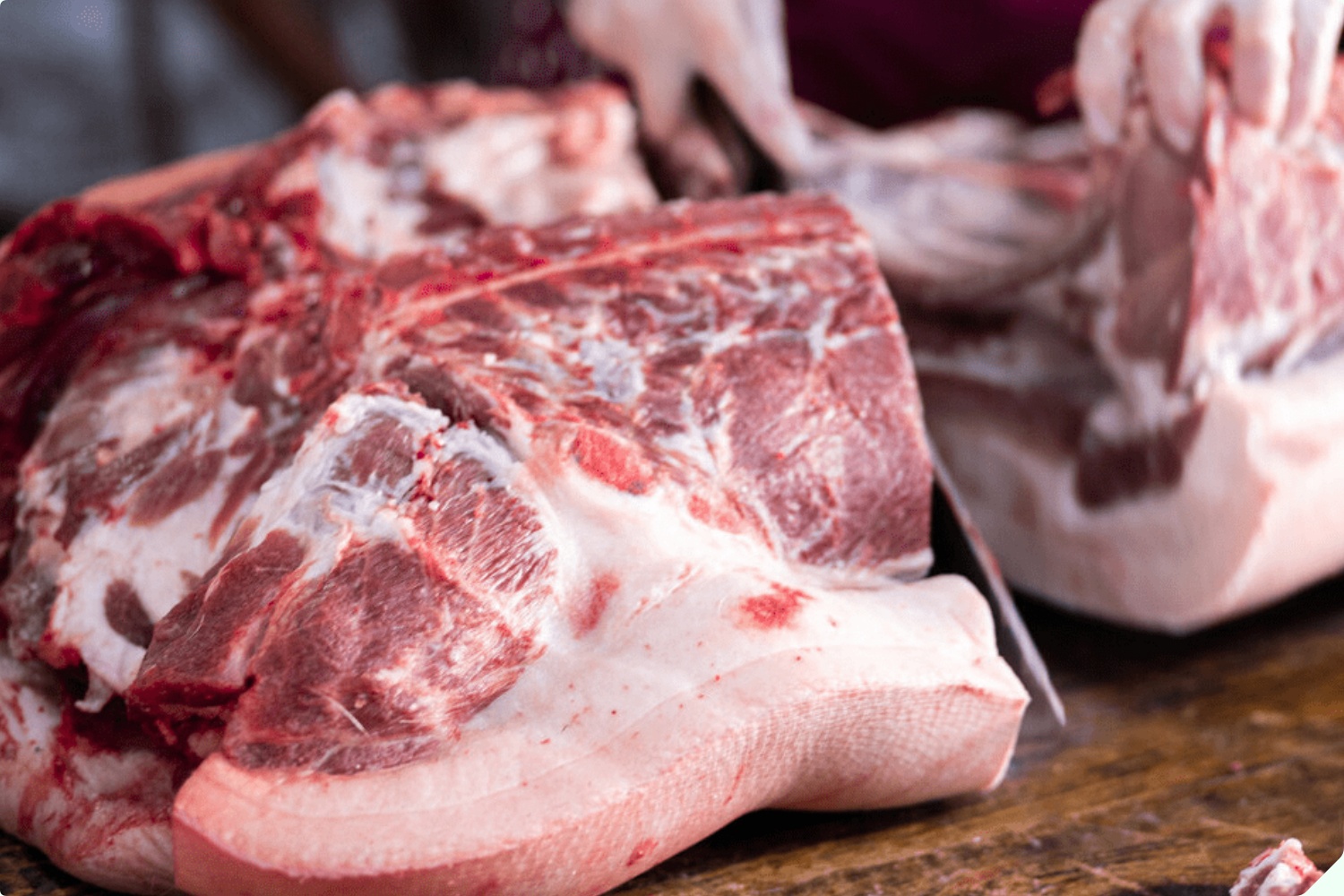
Fresh pork has a distinctive smell and a slight fishy aroma. If you detect a strange odor, don’t buy it. This is most likely meat from a sick pig or meat that has been stored for too long and not properly preserved, causing it to spoil.
The 4 Best Cuts of Pork for Delicious Dishes
In addition to the above tips, when buying pork, you can also choose the cut according to your preferences or cooking method. For example, if you want to boil or stew the pork, go for belly pork. For stir-fries, loin is a great option. This cut is tender, quick to cook, and extremely delicious.
Here are the four best cuts of pork that you should buy:

Front Trotter
Front trotter pork has a pleasant aroma and is softer. Additionally, this cut has a good balance of lean meat and fat, but the fat content is relatively low, so it won’t be too greasy when cooked.
Belly Pork
This cut has a mix of fat and lean meat. When cooked, it becomes tender and not too fatty. It’s perfect for boiling, stewing, or even roasting to create crispy crackling.
Loin
This is the tenderest cut of pork. Each pig only has one loin, so it’s usually more expensive and harder to find. This cut can be fried, grilled, or stir-fried with a sweet and sour sauce.
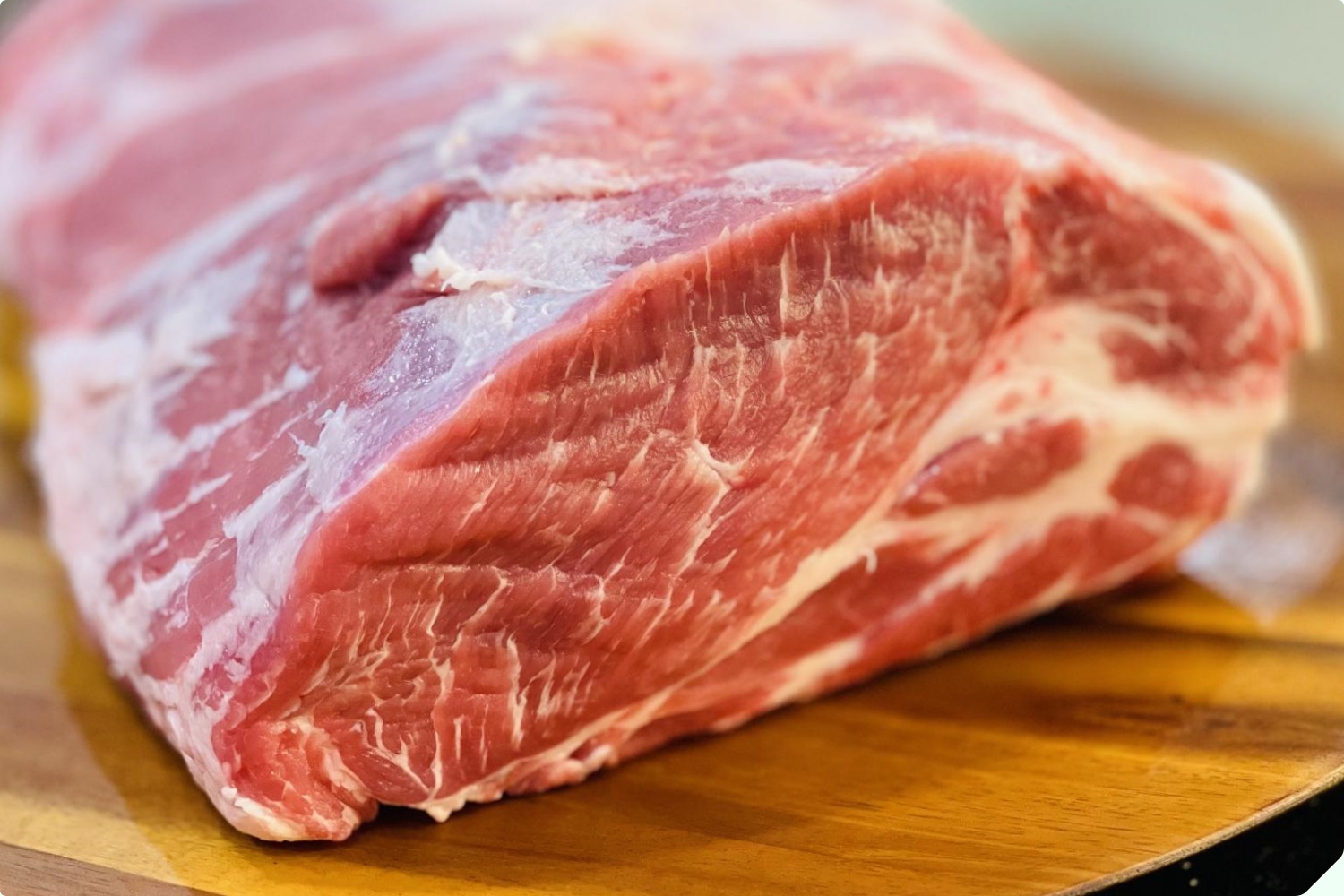
Shoulder
This cut is considered the tastiest part of the pig. Shoulder pork has small streaks of fat running through it, so when cooked, it’s tender, juicy, and not too dry or tough.
Hopefully, with these tips from Bếp Eva, you’ll have the knowledge to choose clean and healthy pork for your family.



























